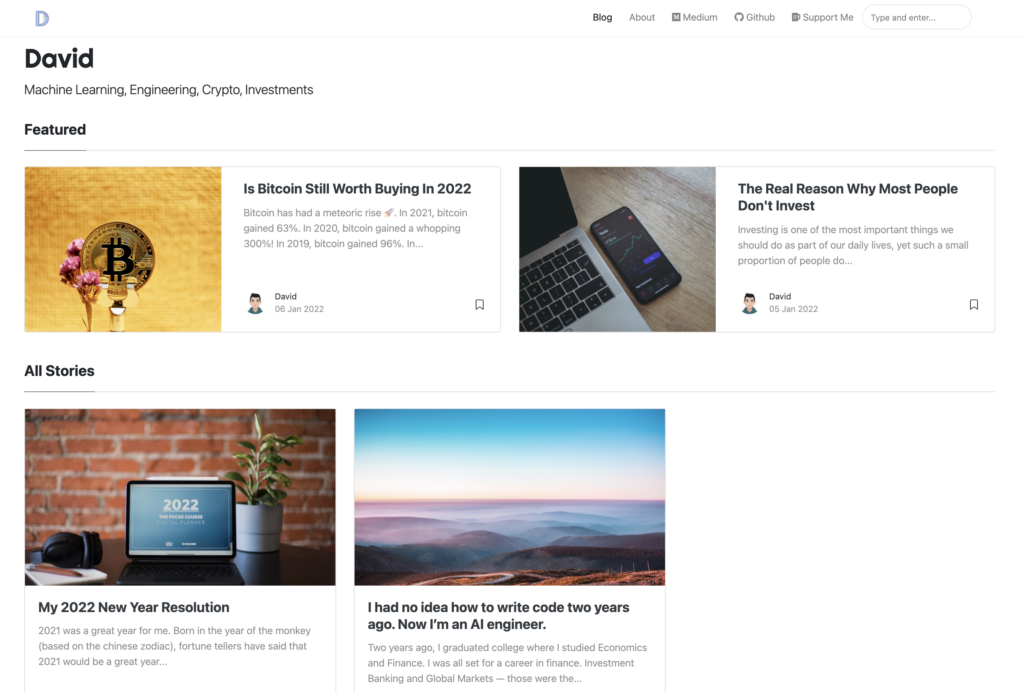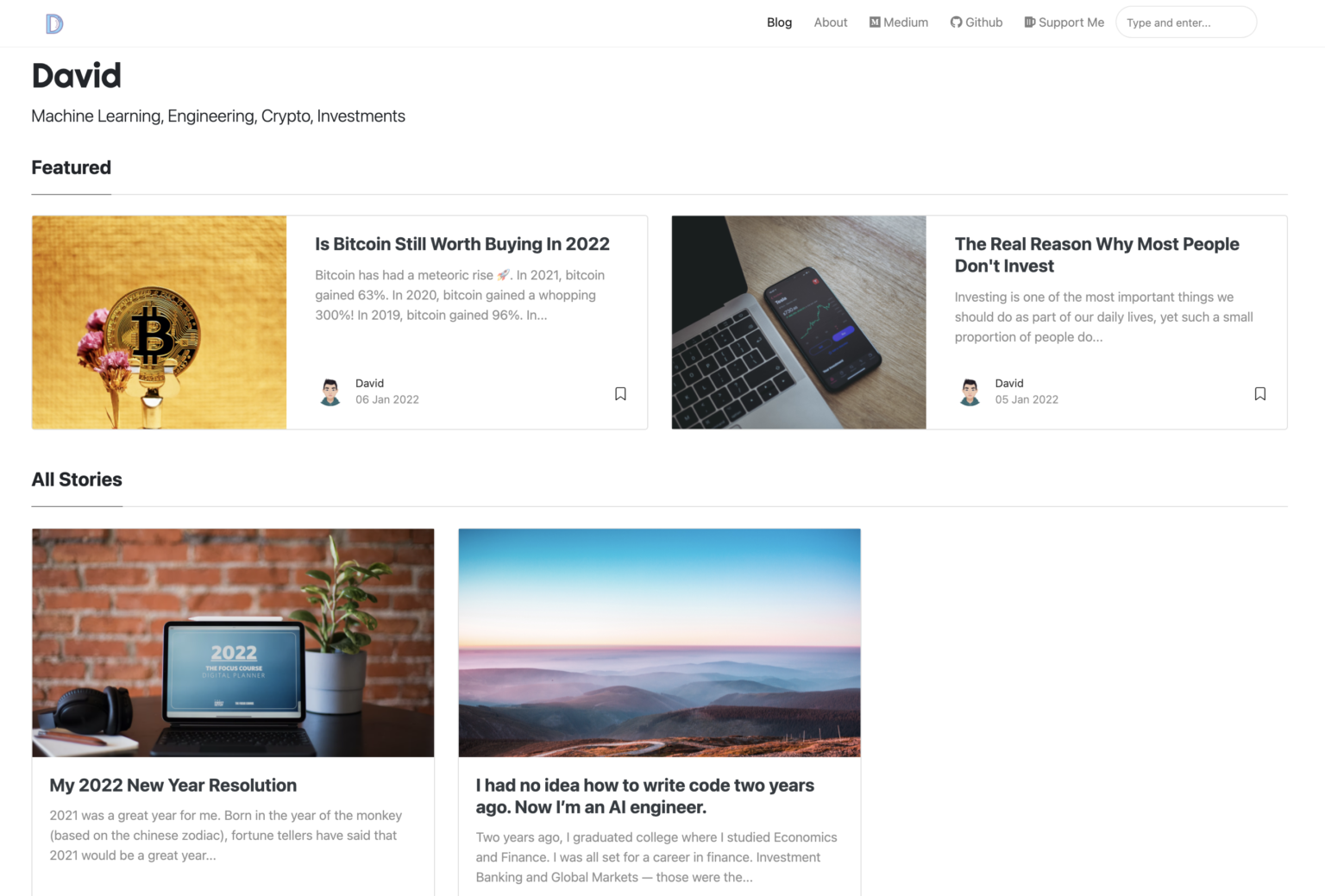Is Medium available in China? No, it’s not. The blogging platform Medium has been blocked in China since April 10, 2016, joining other blogging websites such as Blogger, Tumblr, and Google Sites that are also inaccessible. China’s practice of blocking such platforms is primarily driven by concerns of anti-communist or pro-democracy content that may spread without government control.
Medium’s rise in popularity likely contributed to its recent blocking, as it enables users to share content that could be seen as harmful to the Communist regime. The country’s advanced content filtering system, known as the Great Firewall, effectively blocks these websites.
This blocking is supported by a limited number of ISPs in China that comply with government requests for content filtering. The specific reason for Medium’s block is attributed to a recent update allowing publishers to host content, potentially making previously banned blogs accessible to Chinese internet users.

The blocking is also linked to Medium’s coverage of the Panama Papers leak and its sharing of offshore data involving various countries’ leaders, including China’s. Despite these developments, China’s internet agency has not provided any comment on the matter.
While in China, you can continue to reach Medium by employing a virtual private network (VPN). A VPN is a service that thoroughly encrypts your device’s internet data transmission and directs it through distant servers.
How to unblock Medium in China with a VPN
You can use a VPN to bypass the restriction in China and access Medium. VPN is a tool for protecting people’s internet traffic and keeping their identities private online. Your internet traffic will go through an encrypted tunnel that nobody can see when you connect to a secure VPN server.
This is my way to access Medium and I guess it’s probably the easiest way. Here are 3 steps.
Step 1: Choose the right VPN
The very first step for you is to find a VPN that can work in China. For this first step, a few things you need to be careful of.
- If you’re planning a trip to China and want to use a VPN to bypass the Great Firewall, not all VPNs are created equal. The Chinese government has gotten pretty good at blocking VPNs, so it’s important to do your research and find one that will actually work.
- Make sure to download and set up your VPN app and account before you go to China, because you won’t be able to download it once you’re there. And forget about downloading it directly from the provider’s website, because that’s blocked too.
- Before you head off on your trip, take some time to figure out what kind of VPN plan you need. I suggest going for a yearly or multi-year plan so you don’t get caught without access due to a forgotten renewal. But of course, it all depends on how long you’ll be staying in China.
Step 2: Turn on your VPN
After you’ve signed up for a VPN account and purchased a plan, you’re free to use your VPN! There are 2 crucial settings you need to know.
Choose the right protocol: VPN protocols are sets of programs and processes that determine how that tunnel is actually formed. There will be a few protocol options for you to choose from in a VPN app.
Choose the right server: Normally, a VPN will provide users with 100+ servers from different countries. Because the network speed could be different by region, you need to test a bit to see which countries’ servers could give you the best network speed.
Step 3: Enjoy Medium
Once you’ve got a trusty VPN set up and active on all your devices, accessing Medium should be a breeze! The cherry on top is that not only will you be diving into Medium, but all those other sites and apps that China’s been keeping under wraps will also be at your fingertips.
If you’re still having trouble accessing Medium or other blocked websites, you should contact your VPN’s customer support team for further assistance.
What is the best VPN for Medium?
I’m recommending NordVPN for anyone in China looking for a fast, secure, and reliable VPN. With a solid overall score of 8.8/10, NordVPN makes sure your internet experience is smooth even with online restrictions.
NordVPN’s performance is impressive, you can stream, work, and browse with little to no slowdowns. Using advanced protocols like NordLynx (based on WireGuard), NordVPN keeps your connection fast and secure.
What sets NordVPN apart is its huge network of over 7,200 servers in 118 countries. This makes it easy to unblock websites and streaming services, which is especially important for users in China who need to bypass restrictions.
The best part? NordVPN offers affordable pricing, starting at just $4 per month (or $60 for the first year). Plus, with a 30-day money-back guarantee, you can try it risk-free.
(NordVPN 1 year deal with 58% off for $5.00/mo)
Here’s a quick look at why NordVPN is a great choice:
| Key Statistic | Value |
|---|---|
| Overall Score | 8.8/10 |
| Introductory Pricing | $4 per month / $60 for the first year |
| Average Speed Loss | Only 3% drop in download speeds (2025 tests) |
| Global Servers | 7,200+ servers |
| Countries Covered | 118 countries |
| Jurisdiction | Panama |
| Advanced Protocols | NordLynx (WireGuard), OpenVPN, NordWhisper |
| Money-Back Guarantee | 30 days |
If you want a fast and private VPN with easy access to global content, NordVPN is a great choice. Start using it today for a better, safer online experience and don’t miss NordVPN 1 year deal with 58% off for $5.00/mo!
List of apps banned in China
As someone from China working in Hong Kong, I’ve come across a wide range of websites and apps that are blocked back in China due to strict internet regulations. While this list is subject to change, I can share a comprehensive overview based on my knowledge.
This list serves as a general reference, but it is essential to note that the Chinese government frequently updates and adjusts its censorship measures.
Can learn more from this blog post List of Websites and Apps Blocked in China

